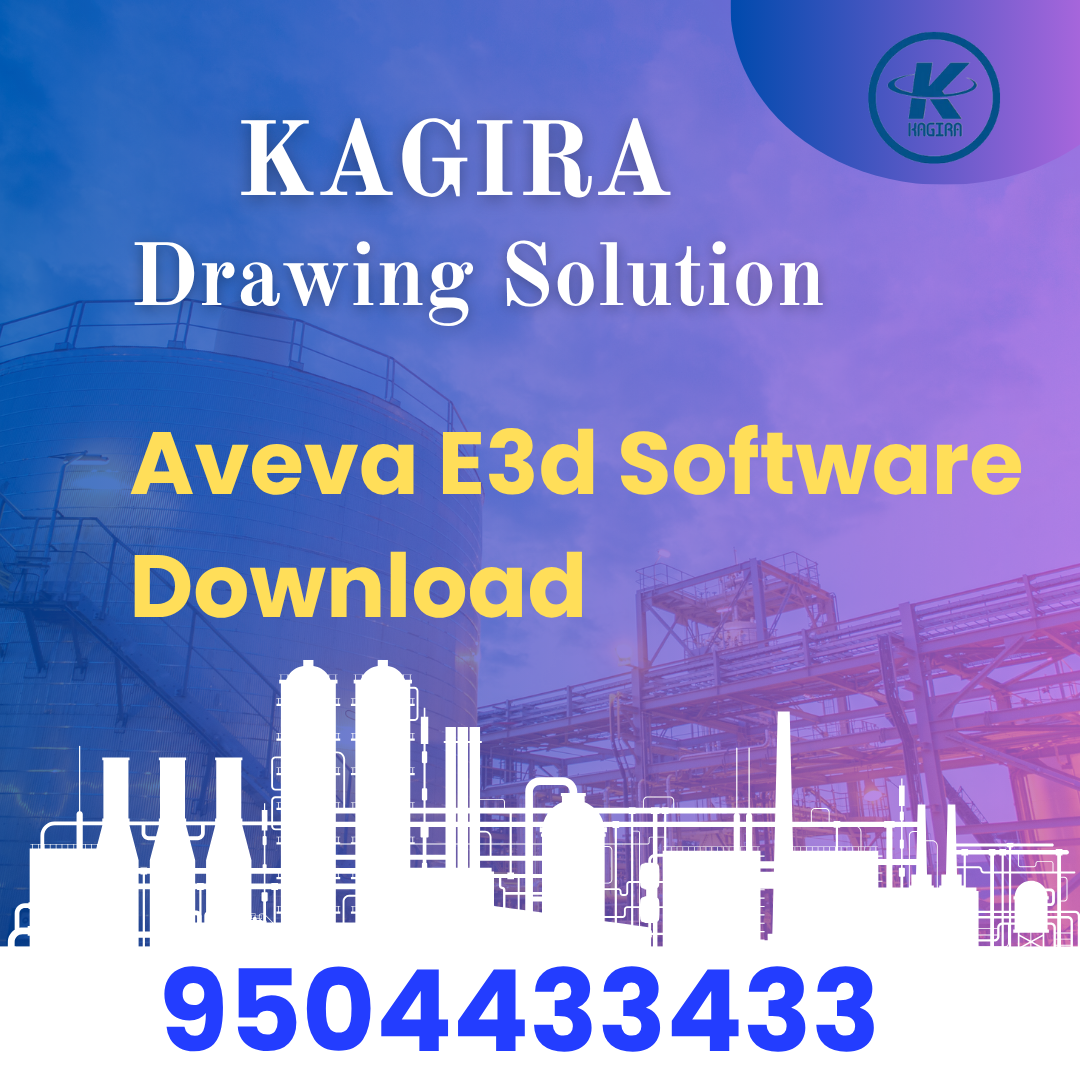Mechanical Engineer Design Course

The Mechanical Engineering Design Course is designed for aspiring design engineers seeking to build a solid foundation in industry-standard mechanical design practices. This program effectively bridges the gap between theoretical academic knowledge and practical industrial applications by offering intensive hands-on training in design standards, fabrication methods, and modern CAD tools used across core mechanical sectors.
Inspired by the proven training methodology of Kagira Drawing Solutions, the course focuses on real-time drawing development, fabrication detailing, pressure vessel design, piping layout, and mechanical component design. By the end of the course, students will possess the technical skills and practical insight required to join design departments in manufacturing, fabrication, EPC (Engineering, Procurement & Construction), and pressure vessel industries with confidence.
Mechanical Engineering Design Course (Kagira Style)
Module 1: Engineering Drawing Standards
-
Introduction to engineering drawing (first/third angle)
-
Orthographic & isometric projections
-
Welding symbols & surface finish
-
BOM (Bill of Materials) creation
-
GD&T as per ASME Y14.5
Module 2: Fabrication Design Concepts
-
Sheet metal development
-
Welding & fabrication design
-
Structural fabrication drawings (I-beams, C-channels, L-angles)
-
Platform, ladder, and handrail detailing
-
Welding joint types and their selection
Module 3: Mechanical Component Design
-
Shaft, bearing, coupling, key design
-
Bolt & flange connections
-
Plate and frame assemblies
-
Pipe supports and hangers
-
Design using standard parts (IS/ANSI/ISO)
Module 4: Software Tools Training
(Usually focuses on at least 2 major CAD tools):
-
AutoCAD
-
2D drafting, layout creation
-
Fabrication drawing practice
-
-
SolidWorks or Creo/Pro-E
-
3D modeling of mechanical parts
-
Assembly and exploded views
-
Sheet metal & weldments
-
Detailing and drawing extraction
-
-
Optionally: CATIA / NX / Ansys basics
Module 5: Pressure Vessel & Piping Design (Core Kagira Content)
-
Introduction to pressure vessel components:
-
Shells, heads, nozzles, supports
-
-
ASME Section VIII Division 1 overview
-
Piping layout, GAD (General Arrangement Drawings)
-
Pipe fittings, valves, flanges (IS/ASME standards)
-
Isometric & orthographic piping drawings
-
MTO (Material Take-Off)
Module 6: Design Calculations & Codes
-
Manual calculations:
-
Shell thickness
-
Nozzle reinforcement
-
Wind load & seismic load checks
-
-
ASME Code formulas for pressure vessel design
-
Pipe thickness calculation as per ASME B31.3
-
Introduction to software like PV Elite / Caesar II (optional)
Module 7: Projects & Industry Exposure
-
Real fabrication drawing projects
-
Pressure vessel or skid package design assignment
-
Design reports & documentation
-
Industry inspection drawings (with QAP/NDT marks)
Module 8: Job Preparation
-
Design portfolio creation
-
Interview Q&A for design engineers
-
Common industry mistakes to avoid
-
Resume & job portal tips
Conclusion
Upon successful completion of the Mechanical Engineering Design Course, participants will possess the essential skills required to excel in the field of mechanical design and drafting. Through hands-on experience with industry-standard CAD tools, familiarity with international codes like ASME and IS, and practical knowledge of creating fabrication-ready drawings, students will be fully equipped for entry-level roles in the core mechanical sector.
Beyond technical proficiency, the course also develops the confidence needed to face design interviews and handle real-world engineering challenges. Whether you are a diploma holder or a graduate engineer, this program serves as a powerful launchpad into the world of industrial design, setting you on a clear path toward a successful and rewarding engineering career.




